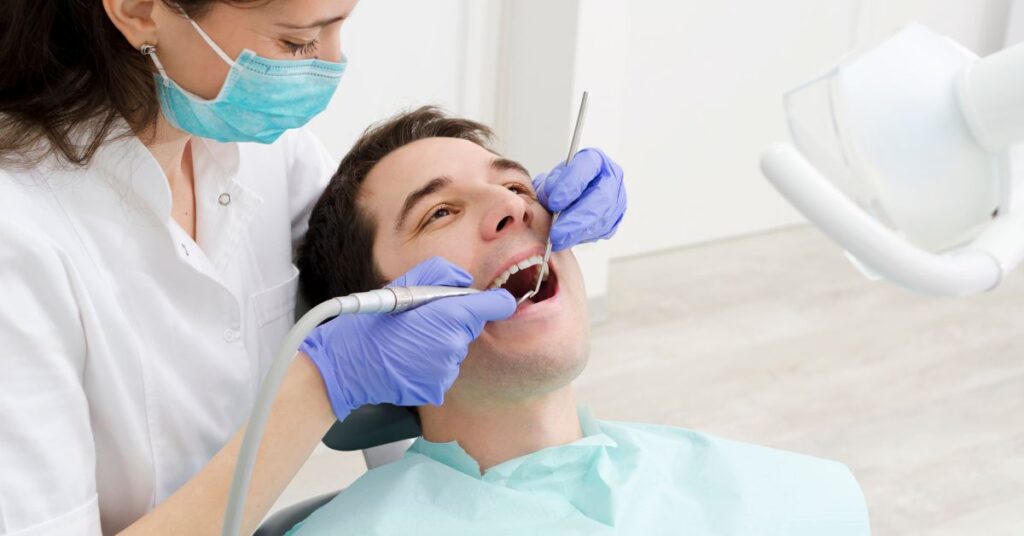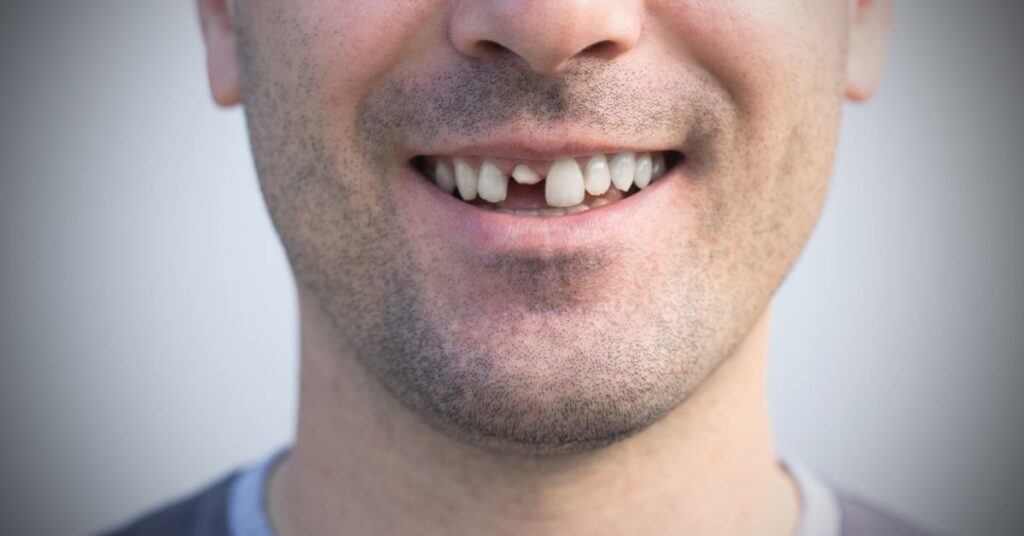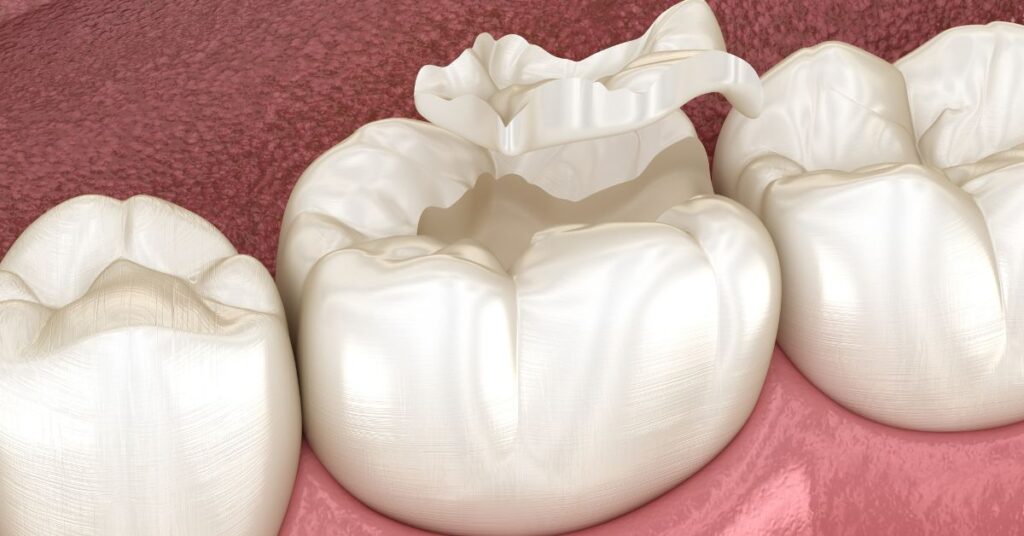
Introduction
Dealing with a dental emergency can be an excruciating and overwhelming experience. The consequences of delaying treatment can be severe, leading to increased pain, complications, and higher expenses down the line. Dental emergencies can significantly impact your work, school, and daily life activities, making it crucial to seek prompt care.
While most dental issues can be avoided with proper preventative care, emergencies can still occur unexpectedly. This article will provide an overview of the most common dental emergencies that require immediate attention, including cracked or fractured teeth, dental trauma, severe toothaches, dental abscesses, and lost fillings or crowns.
Cracked or Fractured Teeth

Causes of Cracked Teeth
Cracked or fractured teeth can result from various causes, such as biting hard objects like ice, nuts, or bones. Teeth grinding (bruxism) can also put excessive pressure on your teeth, leading to cracks over time. Additionally, as we age, our teeth naturally weaken, making them more susceptible to fractures.
Symptoms and Identification
If you experience pain or discomfort when biting or chewing, it could be a sign of a cracked tooth. In some cases, the crack or fracture may be visible to the naked eye, making it easier to identify the issue.
Emergency Treatment Options
While waiting to see an emergency dentist, applying cold compresses can help reduce swelling in the affected area. Over-the-counter pain medication can also provide temporary relief from the discomfort. However, it’s crucial to seek prompt dental attention for proper evaluation and treatment to prevent further damage or infection.
Dental Trauma and Tooth Avulsion
Types of Dental Trauma
Dental trauma can occur due to accidents or injuries, resulting in various issues such as knocked-out (avulsed) teeth, dislodged or loosened teeth, as well as bleeding and swelling in the affected area.
Immediate First-Aid Measures
If a tooth is knocked out (avulsed), it’s essential to take immediate action. Rinse the tooth with water or milk to remove any debris, and try to preserve it by placing it back in the socket or storing it in a container filled with milk or saliva. Applying cold compresses can help reduce swelling and bleeding.
Emergency Dental Treatment
An emergency dentist will assess the extent of the trauma and determine the possibility of saving the tooth. They will work to stop any bleeding and manage pain. Depending on the situation, they may attempt to re-implant the avulsed tooth or discuss replacement options, such as dental implants or bridges.
Severe Toothache and Dental Abscesses

Causes of Severe Toothache
Severe toothaches can be caused by various factors, including pulpal inflammation or infection, gum abscesses, and complications related to wisdom teeth. These conditions can lead to intense, throbbing pain that can significantly impact your daily life.
Symptoms and Identification
In addition to severe pain, other symptoms of a dental emergency may include swelling and tenderness in the affected area, as well as difficulty chewing or biting. These signs can indicate the presence of an underlying issue that requires prompt attention.
Emergency Dental Care
When you visit an emergency dentist with a severe toothache, they will conduct a comprehensive examination to identify the underlying cause. This may involve taking X-rays or other diagnostic tests. Depending on the diagnosis, they may provide pain relief medication and recommend treatment options such as root canal therapy, extraction, or abscess drainage.
Lost Fillings or Crowns

Consequences of Lost Fillings
Losing a dental filling can expose the underlying tooth tissue to bacteria and decay, leading to increased sensitivity and pain. If left untreated, this can result in further complications and the need for more extensive dental work.
Temporary Measures for Lost Crowns
If a dental crown becomes dislodged, try to find it and gently rinse it off. You can temporarily reattach it by applying a small amount of Vaseline or dental cement to the inside of the crown and gently placing it back onto the tooth. This will help protect the tooth until you can see a dentist.
Emergency Dental Treatment
During an emergency dental visit for a lost filling or crown, the dentist will remove any decay and assess the condition of the tooth. They will then replace the filling or crown with a new, properly fitted restoration to protect the tooth and prevent further damage.
Choosing the Right Emergency Dentist

Reputation and Patient Reviews
When faced with a dental emergency, it’s essential to choose a reputable dental practice. Research the practice’s reputation by reading patient reviews and feedback, which can provide valuable insights into the quality of care and patient experiences.
Accessibility and Availability
Look for an emergency dental practice that offers real-time scheduling and prioritizes emergency cases. This will ensure that you receive prompt treatment without unnecessary delays, which can be crucial in alleviating pain and preventing further complications.
Facilities, Equipment, and Level of Care
Evaluate the dental office’s facilities and equipment to ensure they meet modern standards. A well-equipped practice with up-to-date technology can provide more accurate diagnoses and effective treatments. Additionally, assess the level of care and patient comfort measures offered by the practice.
Proximity and Affordability
Consider the location and proximity of the dental practice to your home or workplace for convenience during an emergency. Additionally, explore payment options and affordability to ensure that the costs align with your budget.
Conclusion:
Dental emergencies can be incredibly painful and disruptive, making it crucial to seek prompt care to alleviate discomfort and prevent further complications. This article covered the most common dental emergencies, including cracked or fractured teeth, dental trauma, severe toothaches, dental abscesses, and lost fillings or crowns. We discussed the causes, symptoms, and appropriate treatments for each condition.
While emergencies can happen, practicing good oral hygiene and attending regular dental check-ups can significantly reduce the risk of dental issues. Not only does preventative care help maintain a healthy smile, but it can also save you from the pain and expenses associated with dental emergencies in the long run.
If you find yourself in a dental emergency, don’t hesitate to contact a reputable emergency dental practice. Their expertise and prompt care can alleviate your pain and prevent further complications. Take the first step towards resolving your dental emergency by scheduling an appointment or consultation today.
